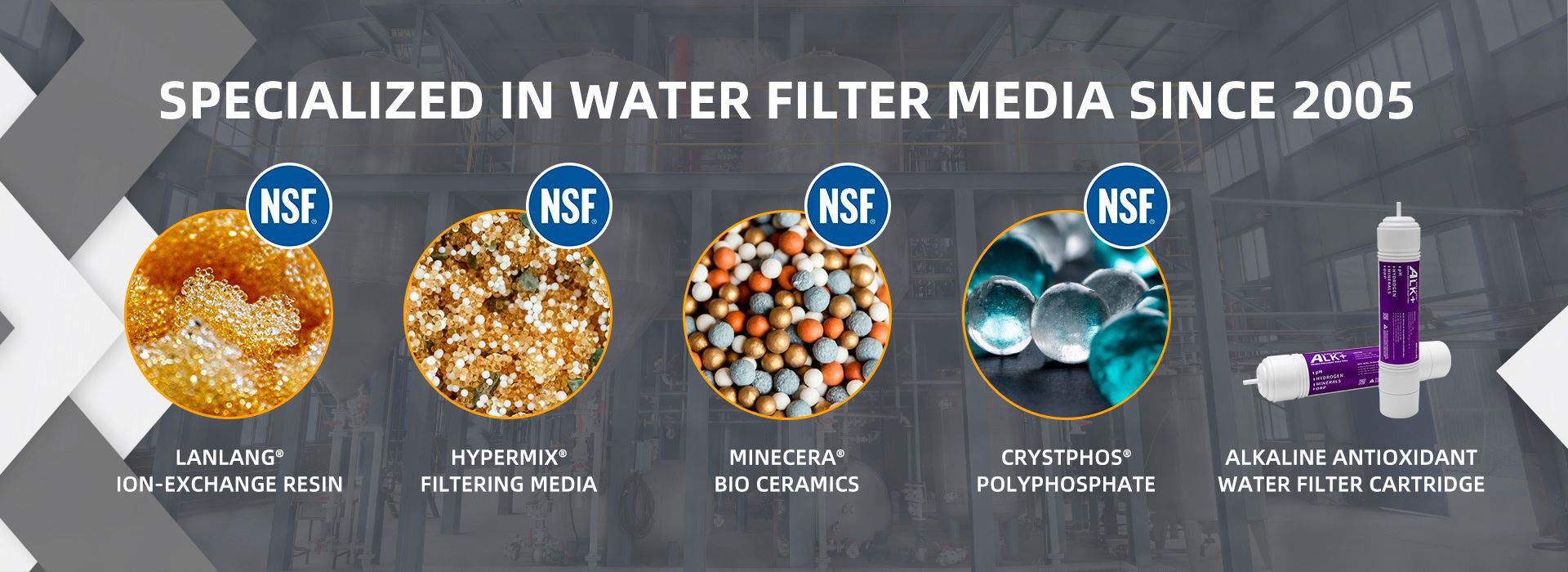Using Dendrobium officinale as raw material, the crude polysaccharides were obtained by hot water extraction and alcohol precipitation lyophilization. Activated carbon, macroporous ion-exchange resin and hydrogen peroxide were used to decolorize crude polysaccharide from Dendrobium officinale. The parameters of the three decolorization methods were determined on the basis of single factor, based on the loss rate of polysaccharide and the removal rate of pigment. The retention rate of antioxidant activity and in vitro hypoglycemic activity were combined to achieve comprehensive evaluation of the three decolorization methods. Non-polar macroporous adsorbent resin XN-20 can effectively remove polysaccharide pigment and preserve polysaccharide content and biological activity reasonably. The pigment removal rate and polysaccharide loss rate were 93.4% and 14.7%, respectively. After decolorization, the retention rates of polysaccharides against ·OH, DPPH and ABTS free radical were 100.2%,113.4% and 113.1%, respectively. After decolorization, the retention rates of polysaccharides against α-amylase inhibition and α-glucosidase inhibition were 104.6%, respectively And 106.2%.
The decolorization technology and antioxidant activity of lactis were used to evaluate the decolorization effect of different kinds of resins based on the decolorization rate and polysaccharide retention rate. The antioxidant activity of polysaccharide samples before and after decolorization was evaluated by total antioxidant capacity assay. The decolorization effect of D202 ion exchange resin is very good, and its improved process standards are as follows: temperature 60℃, resin addition amount 15g/100mL, polysaccharide mass concentration 2mg/mL, time 3h. The decolorization rate was 95.25%±0.10%, and the retention rate was 48.65%±0.28%. The decolorization effect of this method was better than that of activated carbon method and hydrogen peroxide method, and the antioxidant properties of polysaccharides did not change much before and after decolorization.
Resin method for succulent lactide polysaccharide decolorization effect is very good, the main uses and characteristics: softening, sulfonic acid polystyrene is a gel type strong acid cation exchange resin, it has good physical and chemical stability and better temperature resistance, good selectivity, high exchange capacity, mainly used in water softening. The following is an introduction to several types of resins.
Gel strong acid homogenized cation resin
1, suitable for all water treatment softening, desalt system, and can be used in mixed bed, suitable for all bed types
2, can replace the ordinary strong acid resin and has better working performance, good selectivity, high exchange capacity, suitable for water softening and desalt
3, for high exchange capacity, low silicon leakage rate. Strong anti-organic pollution function, especially suitable for water sources with high organic content
Gel strong base anion exchange resin
1, super gel homogeneous resin, especially suitable for condensate treatment
2, anti-oxidation and penetration impact performance is good, has a very high exchange capacity and physical and chemical stability
3, good selectivity, high exchange capacity, can replace ordinary strong acid resin and has better working performance
Macroporous weak base anion exchange resin
1, with no exudate, no yellow water, high exchange function, long service life and other characteristics


